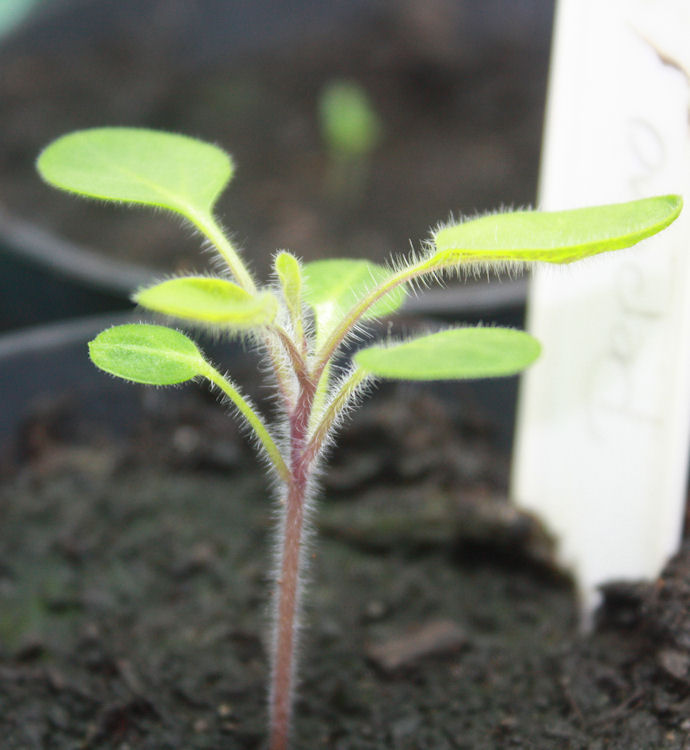Pepino is also known as melon pear, mellow fruit, tree melon and sweet cucumber. It's a member of the nightshade family just like potatoes, aubergine, hot peppers and tomatoes. The pepino is native to the Andes region (Bolivia, Colombia and Peru). It ripens from green with purple stripes to darker green with purple stripes. The taste of this pepino is reminiscent of the taste of melon, pear and cucumber. It has very sweet, firm flesh.
The pepino is very healthy and contains, among others, the vitamins: A, B1, B2, B3, B11 and C. Vitamin C is present in a large quantity in pepino. And the minerals: calcium, copper, iron, iodine, manganese, phosphorus, potassium and zinc. It also contains antioxidants, fibre, protein and few calories. Pepino is delicious in combination with: olive oil, honey, hazelnuts, gorgonzola, cod, chives, bacon, Parma ham, salmon, tuna, mint, red wine vinegar, mustard, feta, paprika, chilli powder, tomato paste and Greek yoghurt. And other fruit and vegetables such as: pineapple, apple, garlic, tomatoes, rocket salad, beetroot, potatoes, mixed lettuce, mango, banana, mushrooms, cucumber, melon and peppers. The pepino can also be used as fruit or combined with ice cream as a dessert or make a delicious exotic fruit salad. Delicious jams, fruitcake fillings and sweet sauces can also be made from the fruits of this plant. The skin is quite hard like that of an apple and therefore the pepino can be kept longer. Although it's possible to eat the whole pepino, but the skin can become very hard when ripe. This is not very tasty, so it is best to peel the pepino. The pepino can be kept in the vegetable compartment of the fridge for 2-3 weeks. They can also be kept at room temperature for about 4 - 5 days. Not hardy perennial. Height: 100 cm.
Indoor sowing: February - March
Outdoor sowing: April - May
Germination: 7- 16 days
Germination temp.: 20 - 26°C
Sowing depth: ½ - 1 cm
Plant distance: 60 - 75 cm
Plant position: sunny and sheltered (greenhouse)
Days till harvest: 120 - 130
Sow indoors from February in seperate pots filled with moist potting soil. Sow 1 seed per pot and cover the seed with a thin layer of soil. Keep the pots warm and light and keep the temperature as even as possible in a heated propagator. Don't let the temperature drop during the night.
Cover the pots with some clingfilm to retain the moisture. Remove the clingfilm when the seedlings emerge. Harden the seedlings of, in the middle of April, when there's no longer any danger of nightsfrosts during the day for about 10 - 14 days. After this period You can plant the seedlings on a very sunny plot with some shelter and free draining soil. Preferably in a greenhouse.
Sow outdoors from the middle of April, when there's no longer any danger of nightsfrosts. Sow on a very sunny plot with some shelter and free draining soil. Cover the seeds with a thin layer of soil. Keep moist and weedfree. Water during germination and with drought. Harvest the fruits by cutting them of the plants with sisscors.









